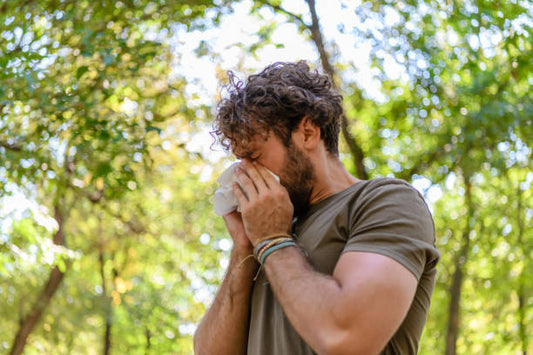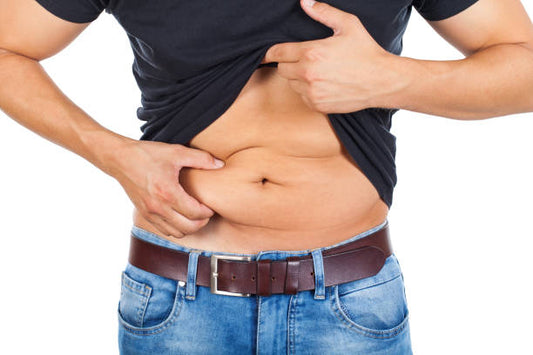
Times have changed and weather conditions have been constantly fluctuating due to climate change. As a result, extreme weather like warmer temperatures takes place. This increases the risk of heatstroke, which someone who may be exposed to a hot and humid environment for prolonged periods, into strenuous activity, wearing excess clothing that fuels body heat and prevents sweat from cooling the body, drinking alcohol, and not drinking enough water.
Signs of Heatstroke
Signs of heatstroke include fast heart rate, vomiting, sweating, unconsciousness that may take place for more than a few seconds, anxiety, severe vomiting, diarrhea, and even seizure.
First Aid Remedy
After calling any medical emergency service, it is important to remember these steps to ensure the safety of the person suffering from the stroke:
- Ventilate the person and move the person out of the heat or hot weather
- Fan the person while splashing cool water
- Cover with a cool towel
- Place ice packs on the neck, groin, and armpits
- Put the person in a cool tub of water or a cool shower
- Spray water using a garden hose. Use low pressure.
- Dabbing a sponge with cool water on a person's face
- Fan while misting with cool water
- Remove the person’s unnecessary clothing that may add heat and obstruct circulation
- Move the person out of direct sunlight and into a cooler place
- If a child has stopped breathing, immediately begin rescue breathing
- Avoid giving aspirin to reduce high temperature that might occur with heatstroke as it may cause because of the body’s response to
- Assess the person’s rectal temperature and make sure you reduce it to at least 102°F (39°C) as soon as possible. Temperatures taken by ear or mouth are not completely accurate during a heatstroke emergency
- If the person is conscious and able to swallow, give the person 1 to 2 liters of water or hydrating fluids within the first two hours to ensure hydration. Make sure the person sits up properly to avoid choking.
- Perform CPR if you notice that the person loses consciousness or gives no signs of breathing, movement, and circulation.
Knowing the first aid remedy to ensure safety is vital in safeguarding the life of any individual. As mentioned, times have changed and the unpredictable weather can contribute to the likelihood of having a heatstroke. However, in most situations it is always wise to avoid the situation before it happens. Staying hydrated and avoiding too much heat may be simple ways to avoid the probability of suffering But if unfortunately it occurs to somebody you know, make sure you know all the first aid emergency procedure after you call 911.
You should take the recommended supplements to be safe from this condition.
References:
Mayoclinic.org. (2016). Heatstroke: First aid - Mayo Clinic. ] Available at: http://www.mayoclinic.org/first-aid/first-aid-heatstroke/basics/art-20056655 [Accessed 2 Jun. 2016].
WebMD. (2016). Emergency First Aid for Heatstroke-Topic Overview. ] Available at: http://www.webmd.com/first-aid/tc/emergency-first-aid-for-heatstroke-topic-overview [Accessed 2 Jun. 2016].
Mayoclinic.org. (2016). Heatstroke Causes - Mayo Clinic. ] Available at: http://www.mayoclinic.org/diseases-conditions/heat-stroke/basics/causes/con-20032814 [Accessed 2 Jun. 2016].




